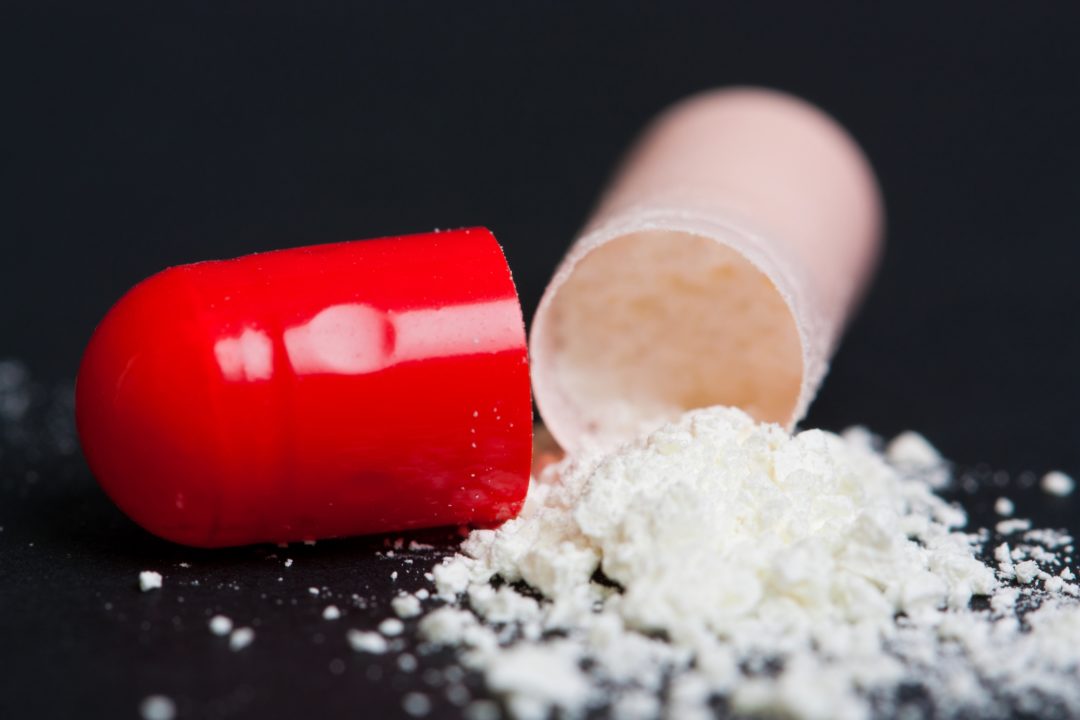TheTimes adds that Oklahoma had sought $17 billion—enough money to pay for addiction treatment, drug courts, and other services necessary for the next 20 years, which is how long the state thinks it will take to repair the damage done.
TheTimesquoted Judge Balkman’s ruling: J&J had promulgated “false, misleading, and dangerous marketing campaigns” that had “caused exponentially increasing rates of addiction, overdose deaths,” and babies born exposed to opioids.
Related: FDA Issues Warning on Products Making Opioid-Related Claims Purdue Pharma Files for Bankruptcy
Crucially, theTimesnotes that J&J was not directly linked to Oklahoma’s problems—it had modest sales, its drugs were approved and regulated by state and federal agencies, and it has black-box warnings on Duragesic, the fentanyl patch produced by J&J subsidiary Janssen, warning about the potential for abuse and addiction. Rather, Judge Balkman found that J&J perpetuated a “public nuisance”—public nuisance laws are generally applied to cases where something interferes with a right belonging to the general public, such as interference with roads or waterways, but have recently been applied to claims involving lead paint and pollution. Oklahoma argued that J&J substantially interfered with public health, and Judge Balkman found the argument compelling.UPDATE 8/28: Purdue Pharma, the company that introduced prescription painkiller OxyContin in 1996 and is blamed for much of the opioid epidemic, and the Sackler family, Purdue's owners, are looking at a settlement proposal to resolve thousands of federal and state lawsuits, according to The New York Times.
Under the terms of the settlement, the Sackler family would give up ownership of Purdue Pharma and pay $3 billion of their own money. The total contribution from company and family would be valued somewhere between $10 billion and $12 billion, although it wouldn't be a straightforward cash payout: A Chapter 11 bankruptcy filing would transform it from a private company into a "public beneficiary trust," which would allow the profits from all drug sales, including OxyContin, to go to the plaintiffs.Another part of the settlement and part of the total contribution valuation: The company would have to give its addiction treatment drugs to the public for free, according to theTimes. The drugs are currently under development, and have received fast-track review status by FDA. They include tablets that would blunt opioid cravings and an over-the-counter nasal spray to reverse overdoses.
The Sacklers would also sell Mundipharma, another drug company they own, and contribute an additional $1.5 billion from the proceeds.
The Timesquotes a statement from Purdue: "While Purdue Pharma is prepared to defend itself vigorously in the opioid litigation, the company has made clear that it sees little good coming from years of wasteful litigation and appeals. The people and communities affected by the opioid crisis need help now. Purdue believes a constructive global resolution is the best path forward, and the company is actively working with the state attorneys general and other plaintiffs to achieve this outcome."
The settlement hinges on the requirement that this would be a global settlement, resolving all of the thousands of federal and state lawsuits.
NPR reportsthat Endo International and Allergan are also looking to cut deals. A consolidated lawsuit, the National Prescription Opiate Legislation, representing around 2,000 cases, is pending before a federal judge in Ohio. The case is against 22 opioid manufacturers and distributors, and is expected to begin in October if the parties don't reach a settlement.
WholeFoodswill continue to report on this story as more information becomes available.
Seeking Alternatives Many experts have pointed that the opioid crisis was born out of a sincere need for pain relief. This need can be seen throughout the natural products industry:One survey from Mayfound that more than 44 million adults aged 55 and older used cannabis for pain management in 2018. Daniel Fabricant, Ph.D., president and CEO of NPA,said back in Aprilthat medicinal foods would need to be wielded to help manage chronic pain and reduce the use of painkillers. In 2017,WholeFoodsand Pharmachem Labs presented awebinaron managing pain naturally (sponsored by Pharmachem Labs).
Jacob Teitelbaum, M.D., wrote in a media statement: “Neither doctors nor patients should be punished like criminals. Pain is like the oil light in your car that comes on when something important needs attention. It can’t be fixed by putting a band-aid over the light. Treating symptoms alone isn’t a permanent solution; rather, the underlying causes of pain need to be uncovered and treated so the pain truly can be healed.”
Dr. Teitelbaum adds that “The standard pharmaceutical approach, while effective for temporary palliative care, isn’t a permanent solution for pain. However, a comprehensive/integrative medical approach can effectively identify the underlying cause of pain and treat it so it doesn’t come back.”His approach to chronic fatigue syndromeand fibromyalgia syndrome, both of which overlap and generally cause widespread pain, involves the S.H.I.N.E. protocol—focused on Sleep, Hormones, Infections, Nutrition, and Exercise. The protocol, which asks that doctors start patients on natural therapies and increase to medications as needed, was shown in a placebo-controlled study to improve 91% of patients compared to 36% in the placebo group, with an average 90% improvement in quality of life compared to a 36% improvement in the placebo group.
This is all vital information for your customers, some of whom may be managing pain, but are worried about becoming another victim of the opioid crisis. Suggest that they discuss alternatives with their doctor, including natural therapies and treatments for the underlying disorder, as well as pain management.










